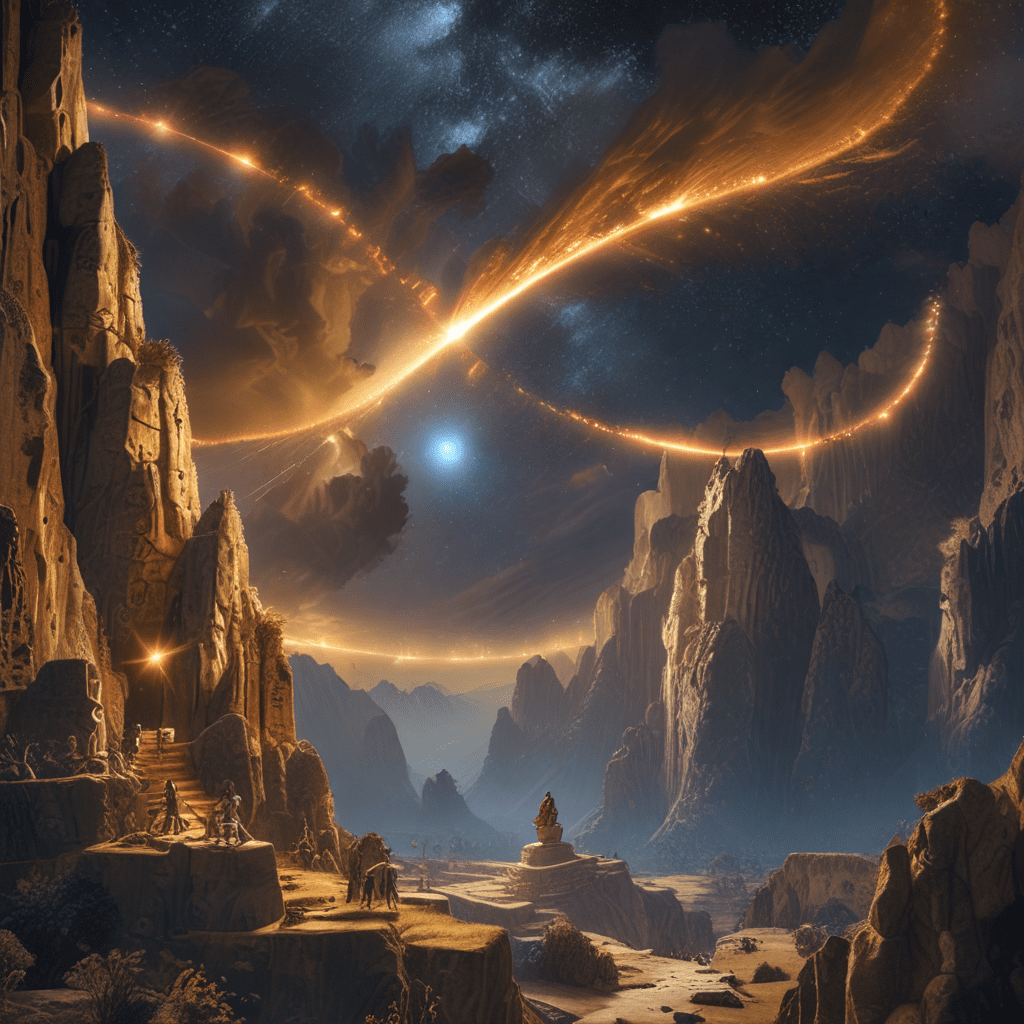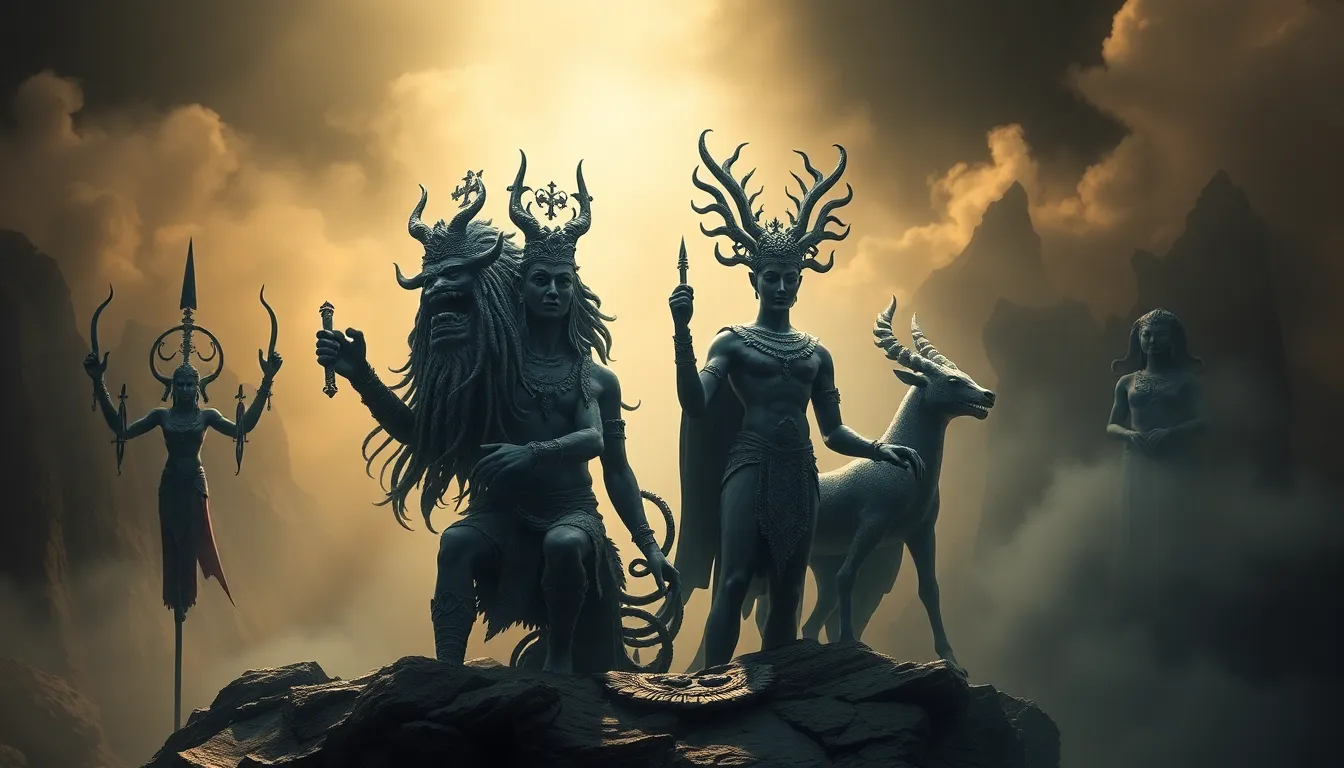The Myth of Incan “Astronomers”
The Inca Empire, a powerful civilization that flourished in the Andes Mountains of South America, held a deep reverence for the celestial bodies. They observed the stars, the sun, and the moon, believing they influenced everything from agriculture to human destiny. Although the Inca are often portrayed as sophisticated astronomers, this perception is largely a misconception. While they did observe the sky, it’s inaccurate to claim they had the specialized knowledge or tools associated with modern astronomy. Instead, they incorporated celestial observations into their religious practices and rituals, a common feature of many ancient cultures.
The Inca and Celestial Observations
Inca society was heavily influenced by its environment, particularly the Andes Mountains' harsh climate. The cyclical nature of the seasons was inextricably linked to their survival, making it crucial to understand weather patterns and agricultural timing. The Inca observed the celestial bodies as a way to predict these cycles, providing crucial information about planting and harvesting seasons, as well as potential threats like droughts or floods.
The Importance of the Sun in Inca Culture
The sun played a pivotal role in Inca culture, becoming a powerful symbol of their deity, Inti. Inti was worshipped as the creator of life and the source of all energy, and his movements were closely observed. Inti's daily journey across the sky was seen as a powerful symbol of the cycle of life and death, influencing everything from religious ceremonies to the design of their temples.
The Myth of the “Twelve-Month Calendar”
Many sources claim the Inca used a twelve-month calendar based on the lunar cycle. However, this assertion is based on interpretations of limited historical records and lacks conclusive evidence. The Inca did track the moon's phases, but they lacked a formal calendar system comparable to those used in other ancient civilizations like the Mayans or Aztecs.
Evidence of Astronomical Knowledge
Despite the absence of a formal calendrical system, the Inca did possess some knowledge of astronomy. They used the stars for navigation, especially during their long journeys across the vast Andean landscape. They also observed the positions of certain stars, like the Pleiades, which marked important agricultural seasons. However, their astronomical knowledge was mainly practical and embedded within their daily lives, not a specialized form of scientific inquiry.
The Role of the Priesthood
The Inca priesthood played a crucial role in interpreting celestial observations. They were considered experts on celestial matters and were responsible for conducting religious ceremonies and rituals related to the sun, moon, and stars. They also acted as advisors to the Inca emperor, offering guidance on important decisions based on their understanding of the heavens. While the Inca priesthood didn't have the same specialized knowledge as modern astronomers, they played a vital role in connecting the celestial world to the lives of the people.
The “Temple of the Sun” and its Astronomical Significance
The Temple of the Sun, located in Cusco, was a significant religious and political center for the Inca Empire. This magnificent structure was dedicated to the sun god Inti, representing the importance of the sun in Inca society. The temple's design and layout are thought to reflect some astronomical knowledge, with windows and doorways aligned with specific points on the horizon. While these alignments may have been intentional, it's difficult to conclusively confirm their astronomical purpose without concrete evidence.
The “Observatory of Sacsayhuaman” and its Alleged Purpose
Sacsayhuaman, a fortress located near Cusco, is often referred to as an "observatory" due to the presence of some stone structures resembling astronomical instruments. However, this designation is speculative and based on limited evidence. While the structures may have had some astronomical significance, there's no conclusive evidence that they were built solely for astronomical observations. The archaeological remains at Sacsayhuaman likely served multiple purposes, including defense and religious ceremonies.
Theories of Inca Astronomical Knowledge
While the Inca didn't have a formal system of astronomy, they did possess some knowledge of the sky. They observed the stars for navigation and used them to mark important agricultural seasons. Theories about their astronomical knowledge range from simple observation to more sophisticated understandings of celestial cycles. Some scholars believe that the Inca had an intricate understanding of the solstices and equinoxes, which they used to plan their agricultural activities. Others argue that their knowledge was more limited and focused on practical applications like predicting weather patterns and identifying important constellations.
The Limits of Interpretation and the Importance of Context
It's crucial to approach the study of Inca astronomy with caution and a critical eye. The information available about their astronomical practices is often fragmentary and based on interpretations of incomplete historical records. Furthermore, it's essential to avoid imposing modern scientific concepts onto ancient civilizations. The Inca observed the sky for practical and religious purposes, and their knowledge was embedded within their cultural context. It's important to recognize the limits of our understanding and to avoid overstating their astronomical achievements.
FAQ
What evidence suggests the Inca had astronomical knowledge?
- They used the stars for navigation, especially during long journeys.
- They observed positions of stars, like the Pleiades, to mark agricultural seasons.
- Their temples and structures have potential astronomical alignment.
- Their religious practices were interwoven with celestial observations.
Did the Inca have a calendar system?
- Though they tracked the moon's phases, they lacked a formal calendar like the Mayans or Aztecs.
- Their calendar system was likely less complex and more focused on agricultural cycles.
What is the role of the Inca priesthood in relation to astronomy?
- They were considered experts on celestial matters, responsible for conducting rituals and advising the emperor.
- They interpreted celestial observations and connected them to the lives of the people.
How do we distinguish between Inca astronomical knowledge and modern concepts?
- Avoid imposing modern scientific concepts onto ancient civilizations.
- Their knowledge was embedded within their cultural context and focused on practical and religious purposes.
- Recognize the limits of our understanding and avoid overstating their achievements.



